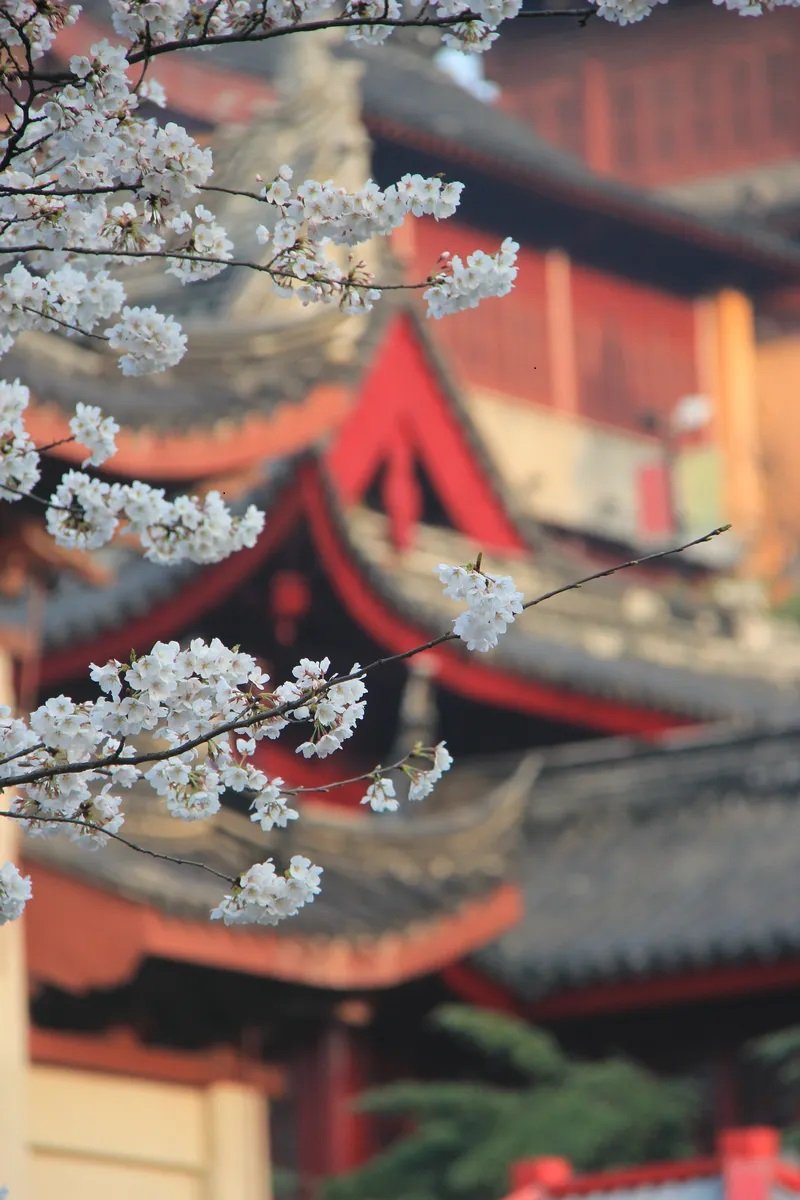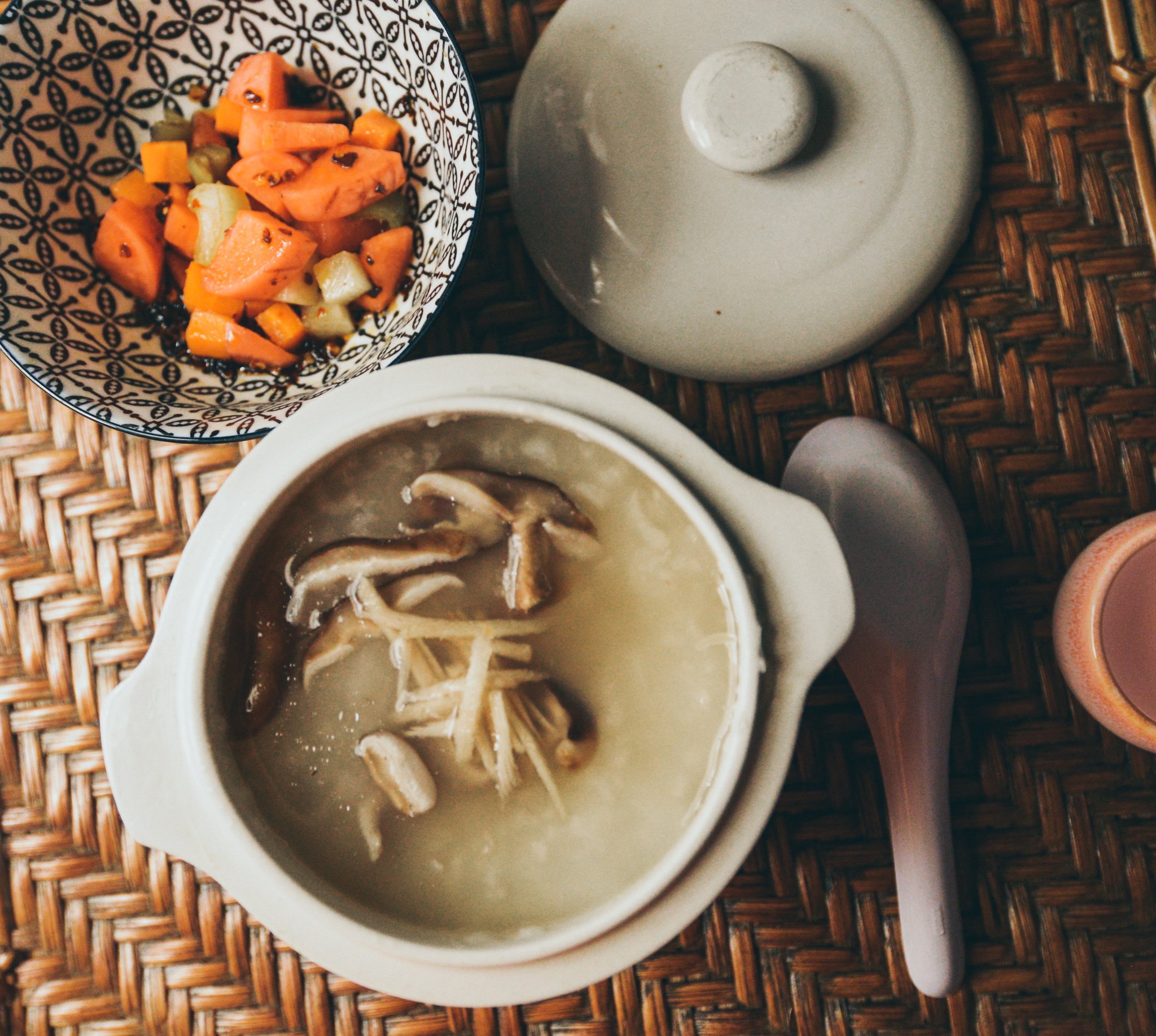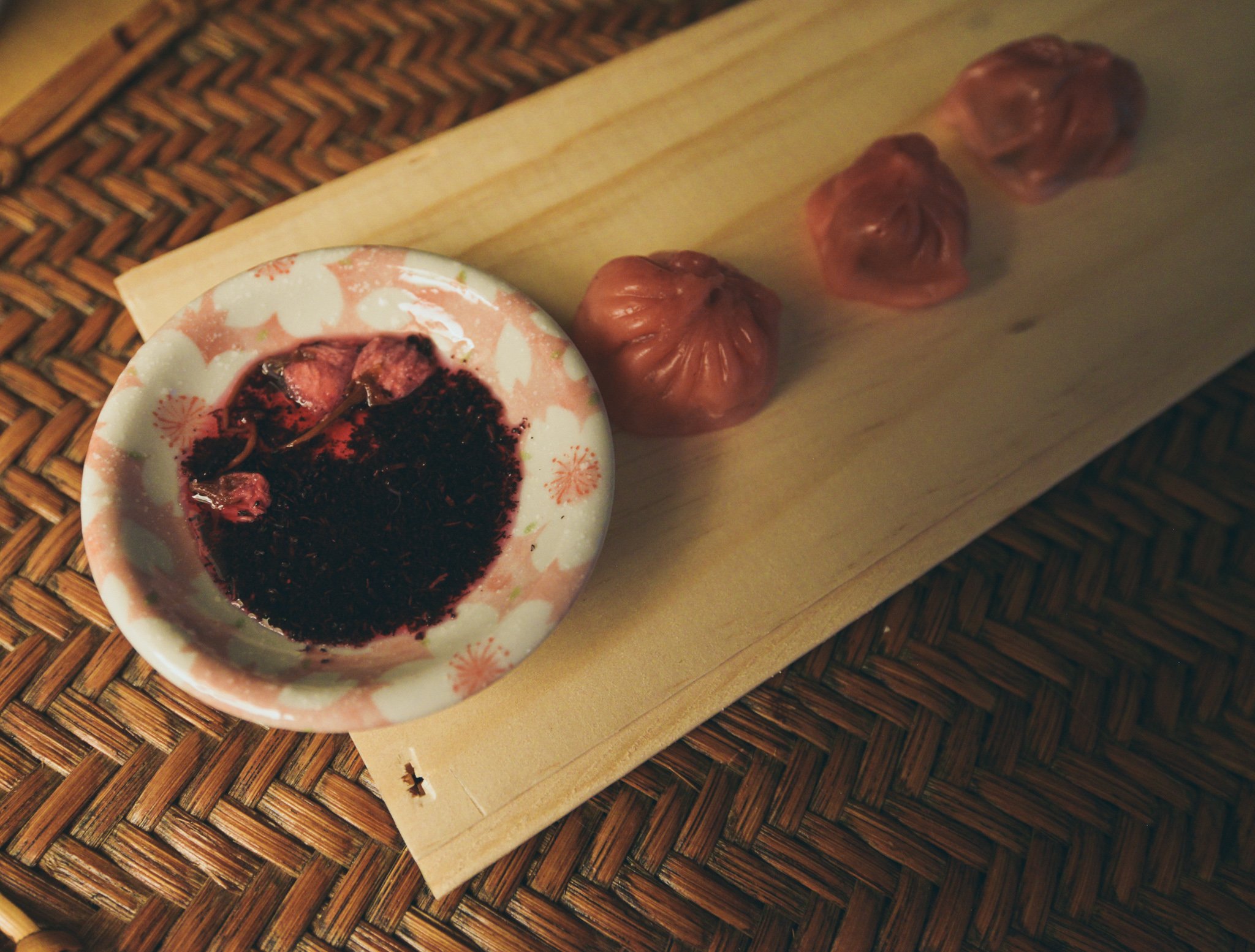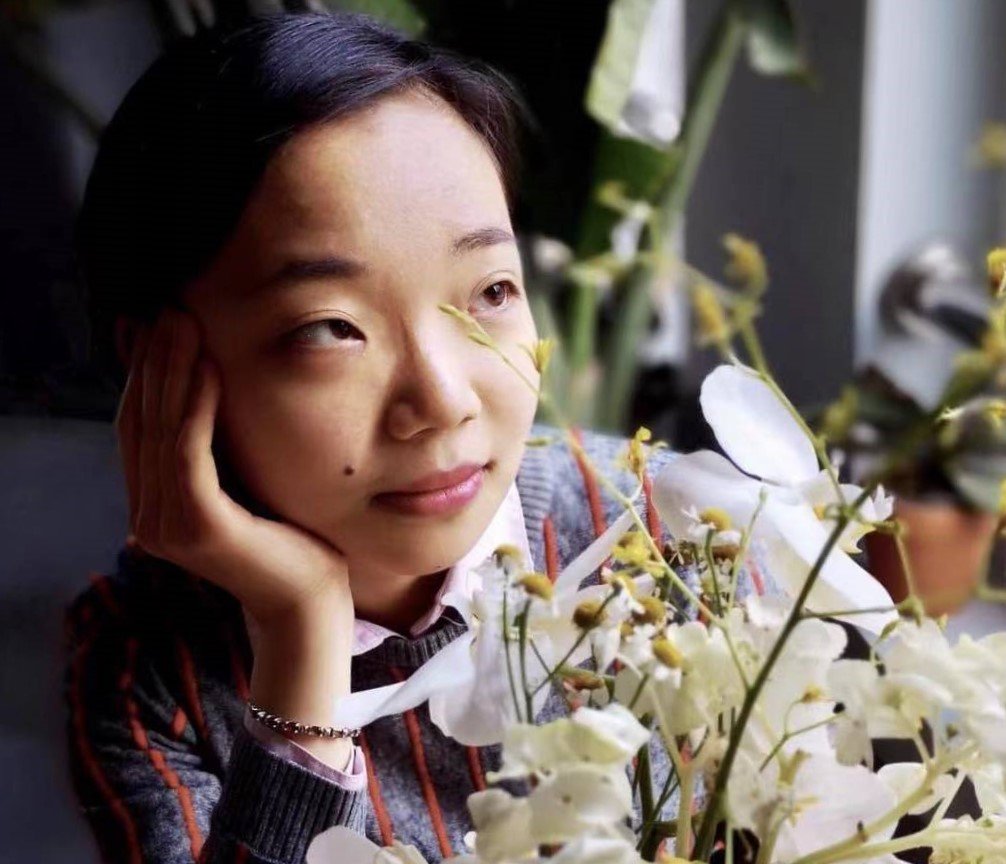FLOWER FAIRIES FESTIVAL or 花(Huā)朝(Zhāo)節(Jié)
History of Flower Fairies Festival
When we are anticipating the Cherry Blossom Festival in DC, its counterpart in eastern China, known as the “Flower Fairies Festival” (花朝節 [huā zhāo jié]), falls around the same time — 2nd, 12th or 15th day in the second month of the Lunar Calendar, varying across regions based on local phenology. On this day, Chinese people celebrate the collective birthday of flowers (or that of the flower fairies).
Originally from the lower part of the Yangtze basin, where the spring is the most endearing of the country, the ritual of the “Flower Fairies Festival” dates to the Spring and Autumn period (770–476 BCE). As the political and military advisor to the King of Yue (越國, in today’s Zhejiang Province) Fan Li (范蠡, 536–448 BCE) noted, “the rainless twelfth day in the second month when all flowers are blossoming is the birthday of flowers.” (Book of Tao Zhu Gong [《陶朱公書》]). During the Six Dynasties (六朝, 220–589 AD), this ritual was one of the social events confined within the scholar-officials, partly because of the low level of urbanization and peasants’ lack of leisure time in the busiest season of the year. Thanks to the cease of successive civil wars and the construction/revival of several imperial cities, the ritual of “Flower Fairies Festival” spread into townsmen in Tang Dynasty (618–907 AD) and acquired all-embracing popularity in Northern Song (960–1127 AD).
To celebrate the flower fairies’ birthday, spring outing is a must, which is a common scene in traditional Chinese painting [figure 1: Stroll About in Spring by Zhan Ziqian [展子虔《游春圖], late 6th century]. While the literati would organize poem societies and banquets at their villas in idyllic mountains or villages, ordinary people’s celebration activities include chasing butterflies, planting flowers, playing the game of rare plant competition (鬥草), etc. The ancient Chinese’ worship of flowers reflects the respect for the timing of life cycle in the agrarian society, as flowers are the most timely courier announcing the change of seasons. Therefore, some customs are closely related to cultivation: landowners would dry seeds in the sun in the hope of a good year, and the authorities would organize rituals to encourage agriculture and sericulture, but in a less formal way.
[Figure 1] Stroll About in Spring by Zhan Ziqian [展子虔《游春圖], late 6th century.
As the celebration of the “Flower Fairies Festival” began from the upper class, many traditions popular among the people were initiated by the political elites, even the imperial family. It has become a trend to pick and cook wild greens and mushrooms on this particular day (though wild plants are enjoyed through the spring) — poets eulogized it as an exercise of nobility and integrity, for the wild greens are the creature of nature. The Emperor Taizong of Tang (唐太宗, r. 626–49 AD) once organized a “weed feast” with his statesmen in the imperial garden: he picked the edible wild greens in person and used them for congee, showing the common touch of the government. For this reason, the “Flower Fairies Festival” is also known as the “Day for Vege-Sorting” (挑菜節). While China has a rich culture of cooking with wild greens and flowers (we can put a link here, I’m thinking about writing separate pieces on weeds and flowers), historical tradition attributes the flower-cooking custom and one of the festive specials to Empress Wu Zetian (女皇武則天, r. 690–705 AD). It is reported that every year at the “Flower Fairies Festival”, the empress would distribute “floral rice cake” in the imperial palace and to her statesmen: petals were freshly picked from the imperial garden, then crushed with rice and steam together.
Cherry Blossom Festival in China
You might be wondering whether there is a “cherry blossom fairy”, or if cherry blossoms are adored the same in China as in Japan. Hmm, I would say it is sort of a botany question. While the ornamental cherry trees ‘sakura’ (桜, the Japanese name of cherry blossoms) is the outcome of centuries-long plant breading, before the 19th century, ornamental cherry trees usually clustered together with prunus persica in China — in contrast to the Japanese, the Chinese were occupied with breeding the fruiting cherry trees. Nowadays, the best places to see cherry blossoms in China is Wuhan University and the Jiming Temple in Nanjing. The ornamental cherry trees at both sites were diplomatic gifts from Japan (50 trees from the Prime Minister of Japan then, Kakuei Tanaka in 1972, and more from Nagoya in 1980), marking the restoration of China-Japan friendship. [Figure 2: Cherry Blossoms at Wuhan University Figure 3: Cherry Blossoms at the Jiming Temple]
[Figure 2] Cherry Blossoms at Wuhan University
In addition, because the blooming period of cherry blossoms in China is shorter than Japan — less than two weeks from mid-March — due to drier climate, cherry blossoms is imagery of fleeting youth in classic Chinese literature. The Tang poet Li Shangyin (李商隱, 813–58 AD) opened his untitled poem which contrasts a lonely poor old maid with a rich young princess who had many suitors by using cherry blossoms as a motif/affective image (起興):
From where come happy song and lyric full of gloom?
From willowy shore and long lane where cherries bloom.
The eastern villager’s poor beauty is not wed.
Though like the sun of late spring shining overhead.
The rich and noble princess is only fourteen;
Suitors on mourning day break walls and willow screen.
How could the old maid not toss in bed deep in night?
Even swallows on the beam would sigh for her plight.
— Unnamed (IV), translated by Yuanchong Xu
何處哀箏隨急管,櫻花永巷垂楊岸。
東家老女嫁不售,白日當天三月半。
溧陽公主年十四,清明暖後同墻看。
歸來展轉到五更,梁間燕子聞長嘆。
——《無題(其四)》
We are lucky — the blooming season of cherry blossoms in DC usually lasts for about a month, from mid-March to mid-April. Two years ago, in the breakout room during a virtual office party, the ice-breaking question was “things you want to do when the pandemic is over”. The most resonant answer from my colleagues was, “I want to see the cherry blossoms along the Tidal basin.” As a sense of normality returns, seize the merry springtime, and don’t forget to bring the treats by Chinese Street Market with you!
[Figure 3] Cherry Blossoms at the Jiming Temple
Featured Products
Cherry Blossom Soup Dumpling with Sweet & Sour Dipping sauce (V)
Ingredients: celtuce, water chestnut, cherry blossom leaf juice and dragon fruit juice; for the dipping sauce: salt pickled cherry blossom petal and leaves, pickled shiso salt
Inspiration: As a tribute to both the National Cherry Blossom Festival in DC and the “Flower Fairies Festival” of China, we created this refreshing soup dumpling. Fresh cherry blossom petals are not very flavourful, but when pickled and salted, their floral flavour really emerges. The seasonal celtuce and water chestnut add a crisp texture and a mildly sweet flavour to the filling. With pickled shiso, which is always the perfect accompaniment to cherry blossoms, the dipping sauce gives brilliant shades of purple as amethyst and produces a fruity note once adhered to the dumpling.
Hong Kong-Styled Congee with Shiitake and Chicken by Guest Chef Mr. Eric Chiu
Ingredients: chicken stock, rice, chicken thigh, shiitake, ginger, white pepper.
Inspiration: According to our in-house TCM doctor advisor, spring is a period of growth and generation when the body is recovering from the stillness in winter, and restorative, digestible congee is never absent from the table at this time of the year. Chicken is considered one of the most nourishing and accessible ingredients. Originally from Hong Kong, Eric prepares this classic Chinese dish. While it is very basic, the congee is all about the clear chicken stock. Simply put some short-grain rice and the stock with julienned ginger in a pot on medium heat, bring to a boil, then turn down the heat, stirring with a chopstick every 5 minutes until it reaches the ideal consistency — some prefer to keep the rice in shape, some prefer to have them broken down, but the rice and water won’t separate in either way: the grains are suspending. Then, pour in the blanched and diced chicken and bring to a boil again. If you are using dried mushrooms, soak them in cold water for half an hour, drain and add them to the pot in the half way when you are making the congee. If you are using fresh wild mushrooms, add them in the last five minutes and make sure they are fully cooked. If you are lucky to get some wild greens, then omit the mushrooms and add the chopped greens to the congee at the very end. Continue to cook for another minute until the greens are cooked down. Taste and adjust seasoning with sesame oil, white pepper and salt. Serve hot.
Blog prepared and edited by Yuxuan Cai
History Ph.D Candidate at University of Cambridge
![Figure 3: Stroll About in Spring by Zhan Ziqian [展子虔《游春圖》], late 6th century](https://images.squarespace-cdn.com/content/v1/619180680e0e82644735783e/1647826676729-YMKBQN6X1WKP2B8OED6C/Stroll-About-In-Spring.jpg)






